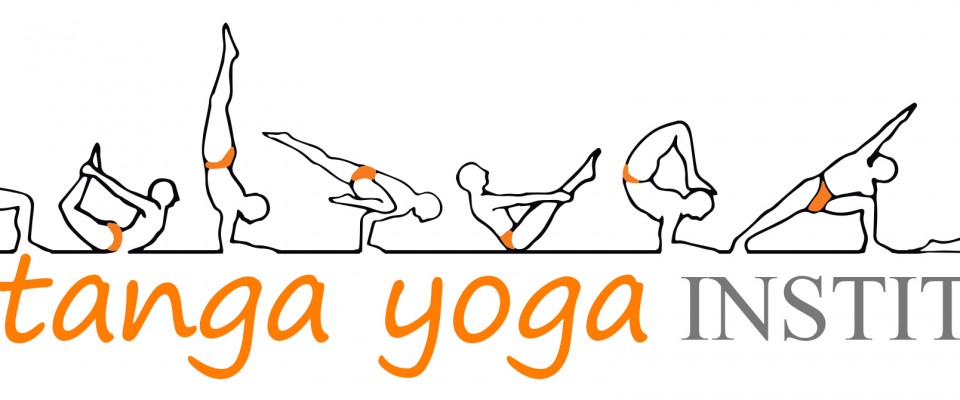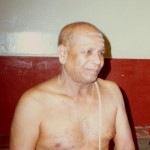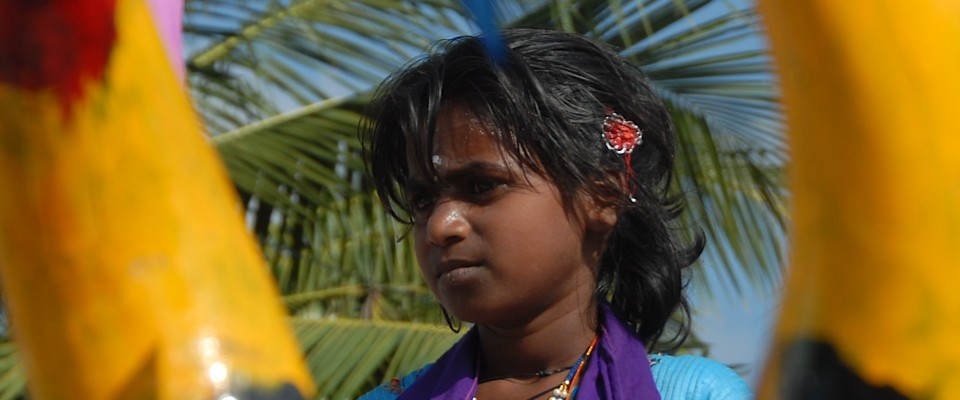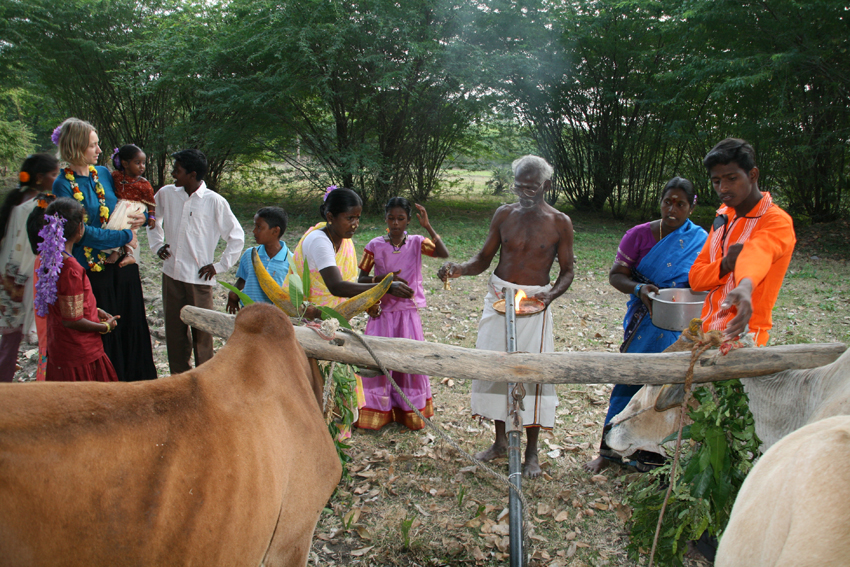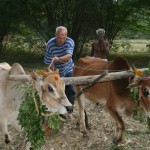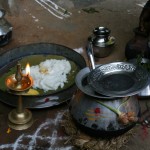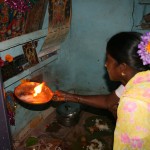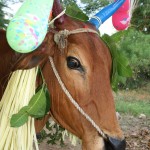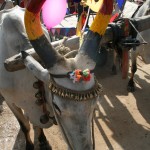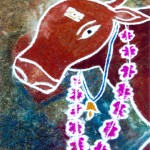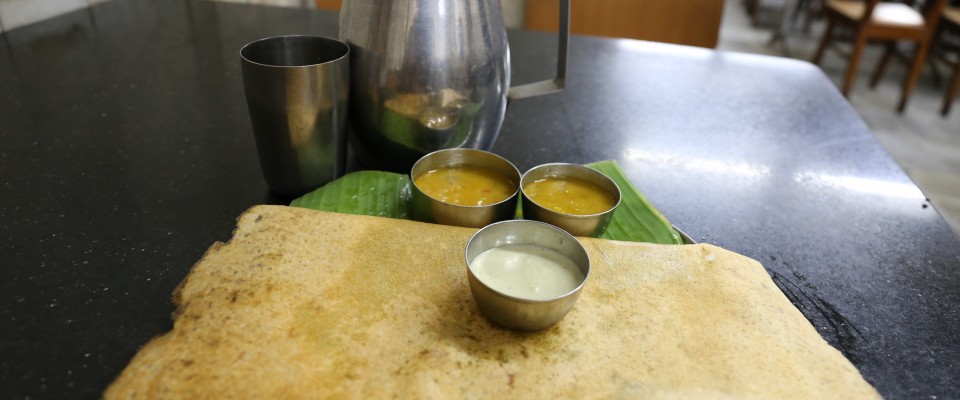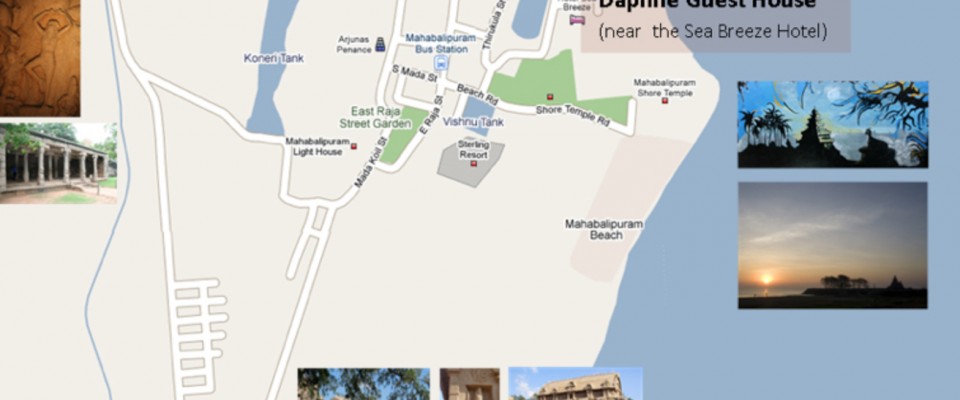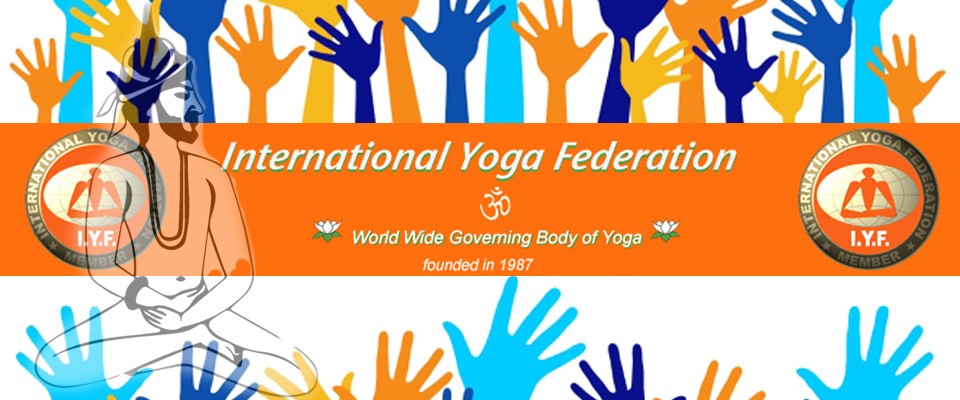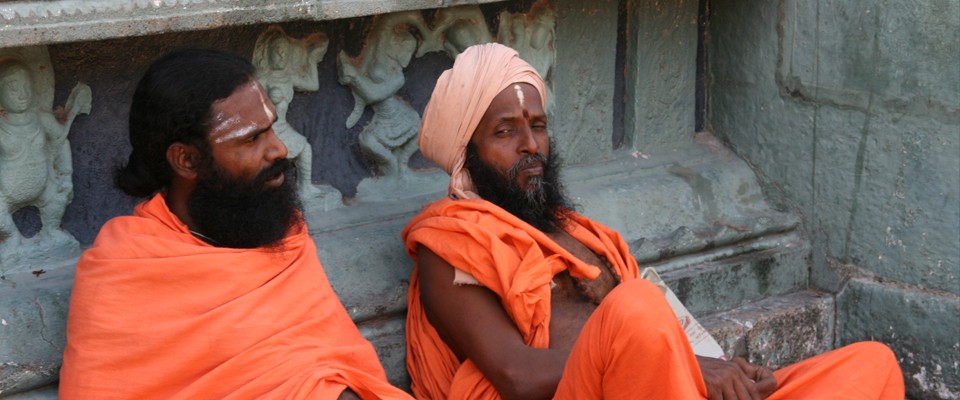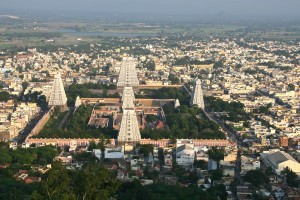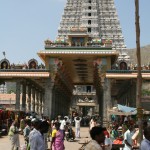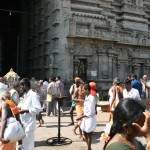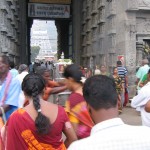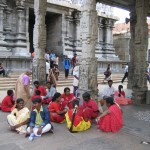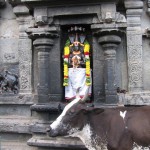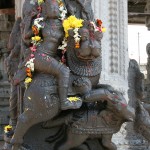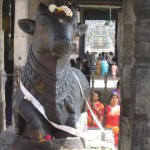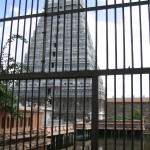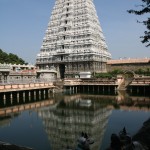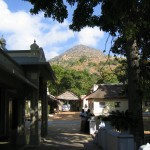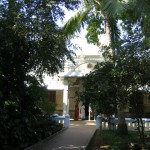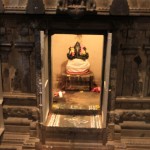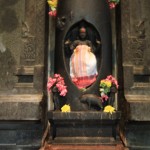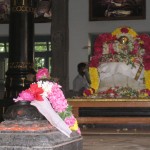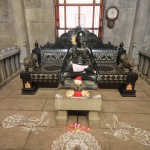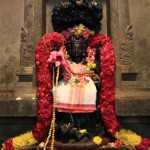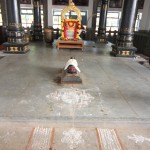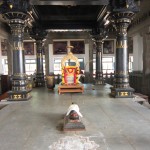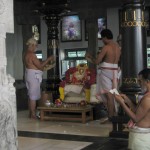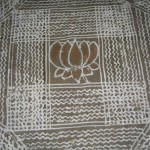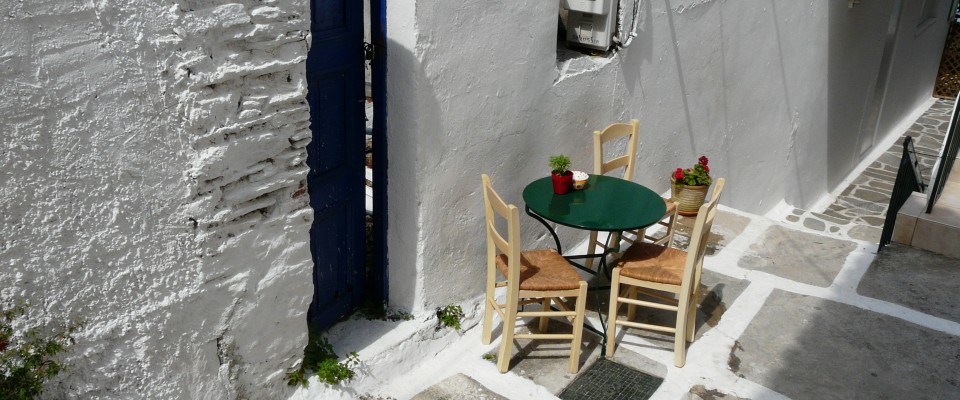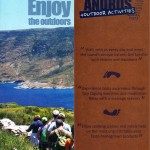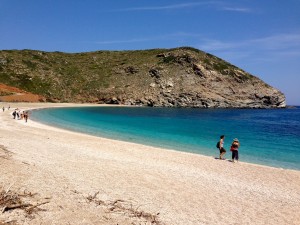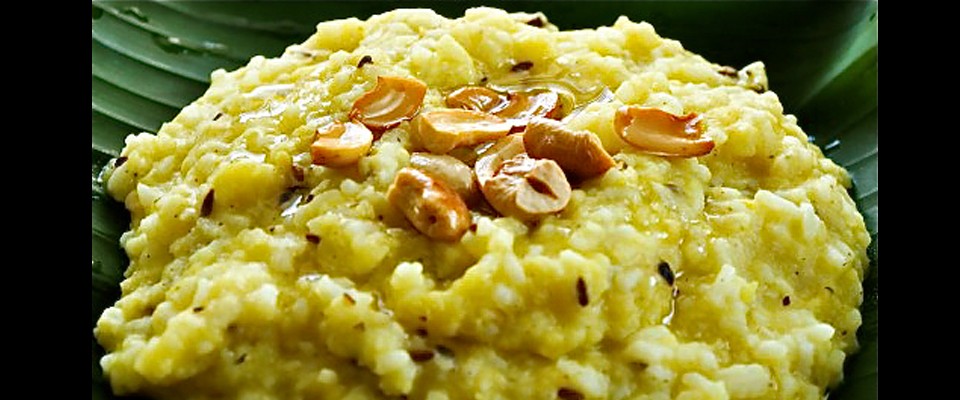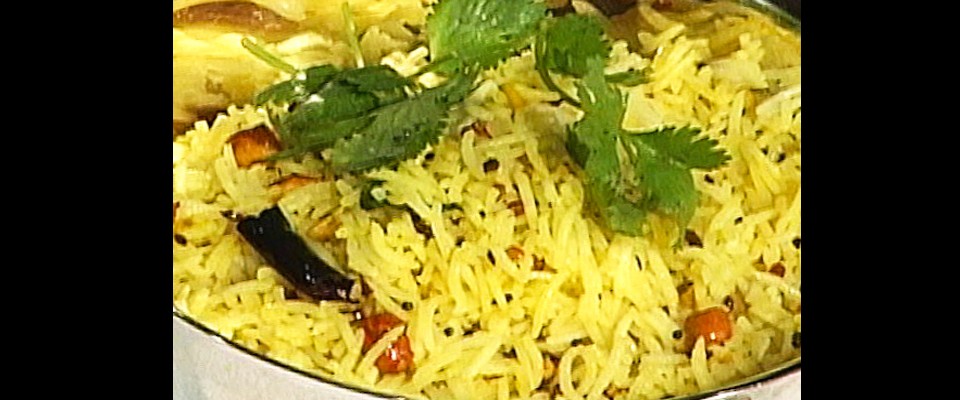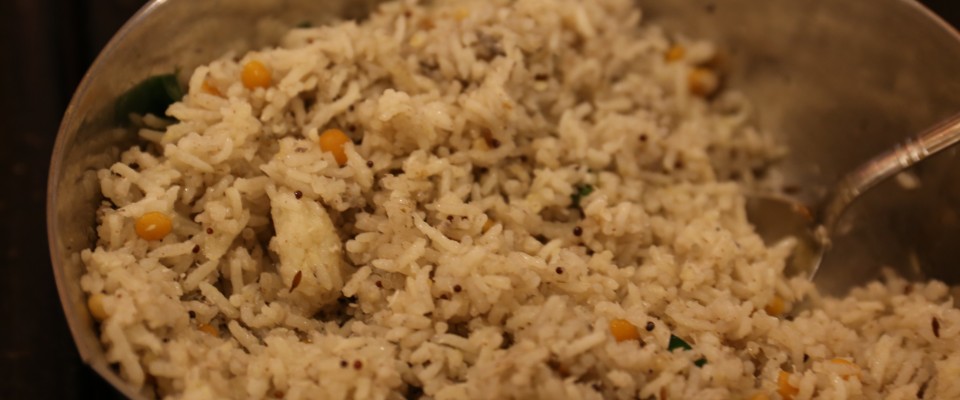Yoga « way to fullness » …
On the way to the intuition of “non-duality”, we try to be coherent yet if we are honest with ourselves we know how hard it is. For example, you are asked to stand up straight, we think and feel that we are vertical, but if we look in a mirror, we will see that this is an illusion, we have a shoulder higher than the other, the head inclined to one side, the pelvis rotated, a knee bent, the belly forward or backward, more support on one foot, etc.. In short, we are twisted. It is the same in postural yoga practice “asana” (Devanāgarī: आसन). We need an outside perspective to straighten, untwist and align ourselves, in order to go vertical.
During his first meeting with Guruji (Sri K. Pattabhi Jois), Anne expressed “it’s strange, but for the first time in my life I experienced a person other than myself you knew better than me what was good for me … and I trusted … “him.
Transmission of Yoga exists in this relational quality. It is a relationship of love, without love there is nothing of value, we cannot achieve the “Kingdom of Heaven” for a Christian, or what we call “Deep Reality” in Yoga.
The practice of Yoga Mala is a precision work (from the Latin praecisus), i.e. “no split” without division of breathing, movement, concentration, rhythm etc.. It is a work of unification. Hindus, like Christians might say to live a relationship state of “Trinity.”
Three not two, two is not one… The Trinity is not a duality and non-duality “advaïta” (Devanāgarī: अ त) is not unity. This is articulated One between “I” and “you” of ourselves, a … A relational One
«Oh yoguin, ne pratique pas le Yoga sans vinyāsa…»
Vāmana Ṛṣi (devanāgarī : वामन ऋषि)
Yoga Korunta
Forth yoga Korunta śloka express :
« Trī stanam avalokayé
Āsanam prānāyāma dristhihi »
Translation
The three key points of the method are: posture, breathing and concentration of the gaze.
Shri K. Pattabhi Jois’s comment
The method of yoga Korunta consists of three simultaneously performed points, that are:
a. Posture Āsana : to lengthen and stretch the spine back to ensure good blood circulation;
b. Breathing Pranayama : The wide opened rib cage so that breathing is good, long and soft;
c. Dristhihi : The head in alignment and directed towards one of the nine focus points so that the mind is concentrated. In this way, in your practice, you will not be troubled by what is happening around you and within you.
- Guruji (Sri K. Pattabhi Jois), Laksmi Puram, Mysore
- Icon, « The Trinité »
Guruji (Sri K. Pattabhi Jois), Laksmi Puram, Mysore
Om Shanti,
JC Garnier
